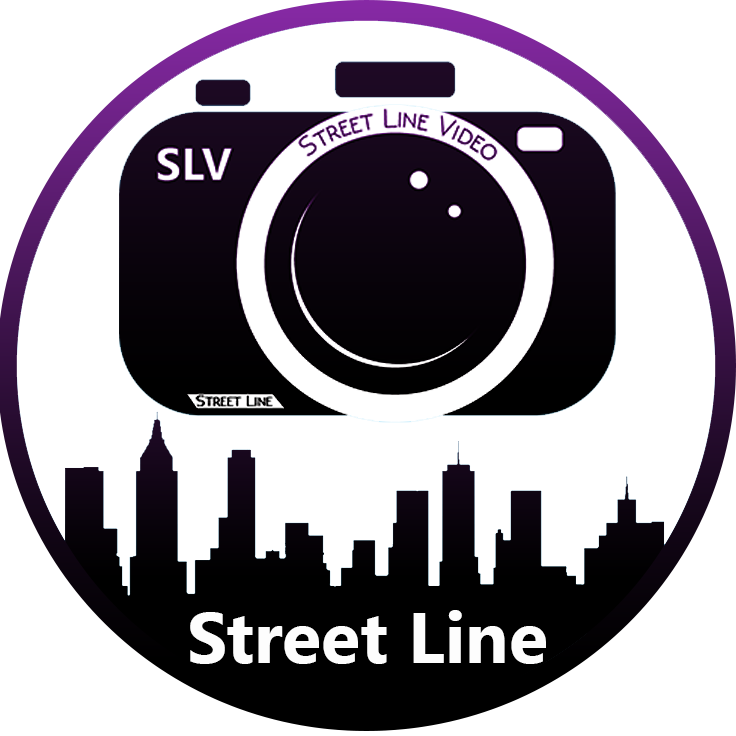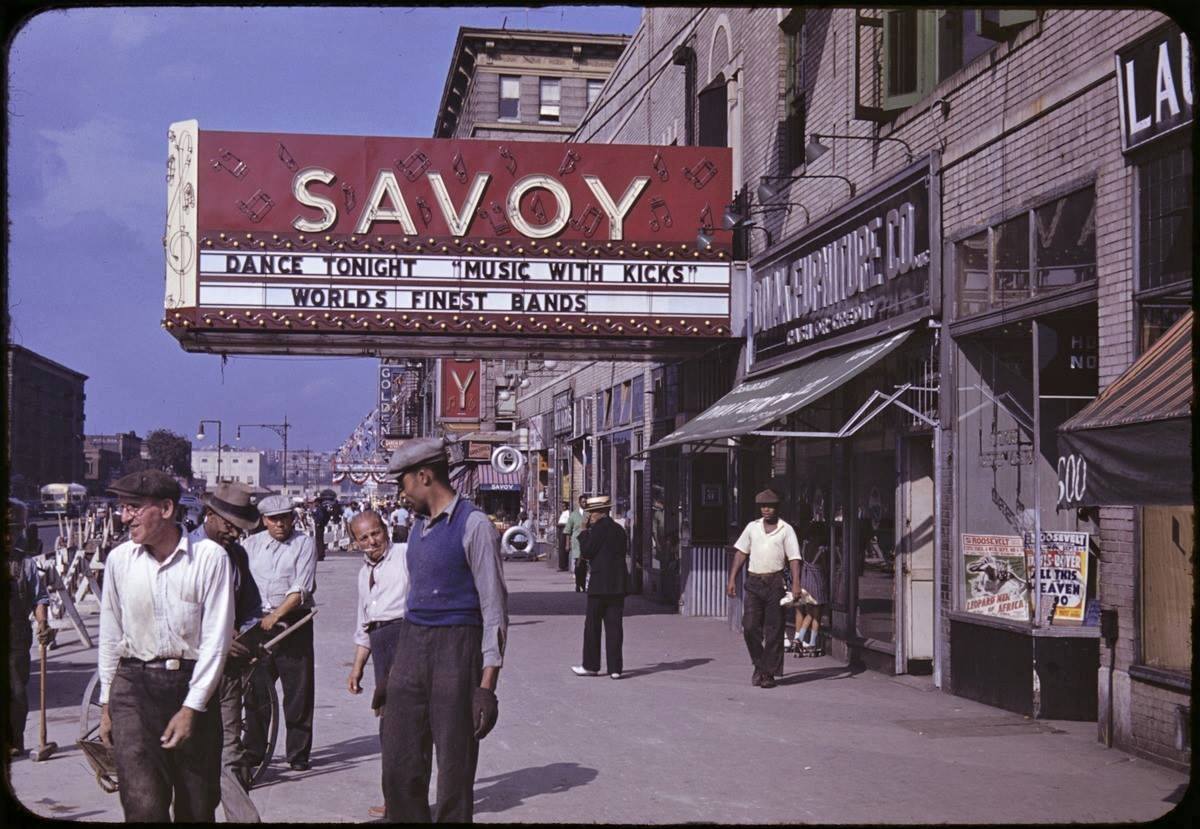This photo was taken on September 4, 1940 outside the Savoy Ballroom.
On this date in 1926, the Savoy Ballroom opened in Harlem, New York. Called the “Home of Happy Feet,” it was Harlem’s first and greatest Swig Era dance palace.
It was opened by Moe Gale (Moses Galewski), Charles Galewski, and Harlem real-estate businessman Charles Buchanan, who functioned as the ballroom’s manager. The Savoy was billed as the world’s most beautiful ballroom; it occupied the second floor of a building that extended along the whole block between 140th and 141st streets, and featured a large dance floor (200 feet by 50 feet), two bandstands, and a retractable stage. Except on special occasions, the ballroom engaged two bands, which played alternate sets, and this policy led to it’s becoming a famous venue for battles of bands.
It swiftly became the most popular dance venue in Harlem, and many of the jazz dance crazes of the 1920s and 1930s originated there. The ballroom was the center for the development of lindyhopping. Dancers such as Leon James, Leroy Jones, Shirley “Snowball” Jordan and couples George “Shorty” Snowden and “Big Bea” and Sketch Jones with “Little Bea” created perfect patterns on the floor such as the “Itch” and the “Big Apple.” During its thirty-two year existence, the Savoy represented a remarkably successful example of an interracial cultural meeting place, and embodiment of wide scale acceptance of Black urban culture by whites in the 1930’s and 1940’s.
The Savoy enjoyed a long and glittering career that lasted well into the 1950s, before a decline in its fortunes set in. The Savoy was torn down in 1958 to make way for a housing project.
Written by Dianne Washington

